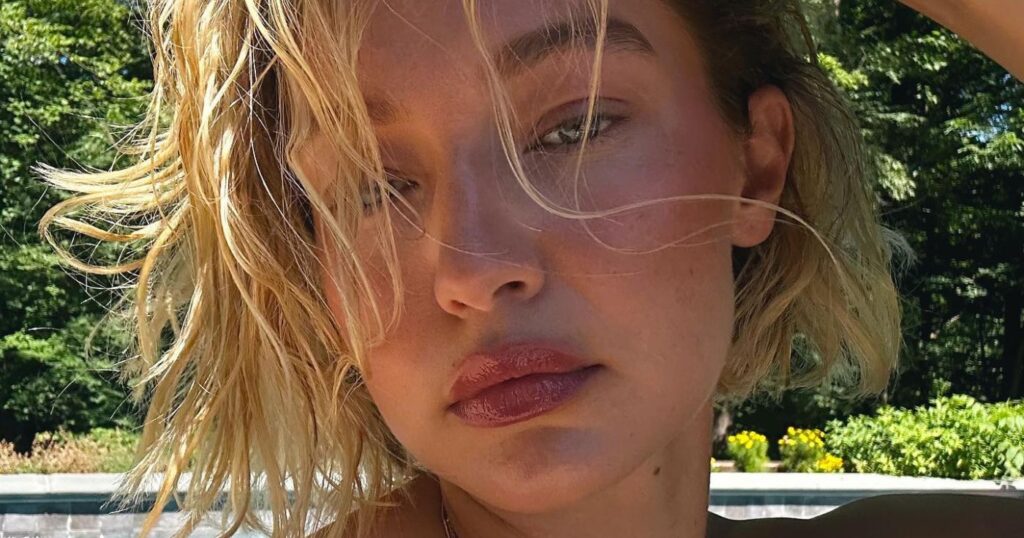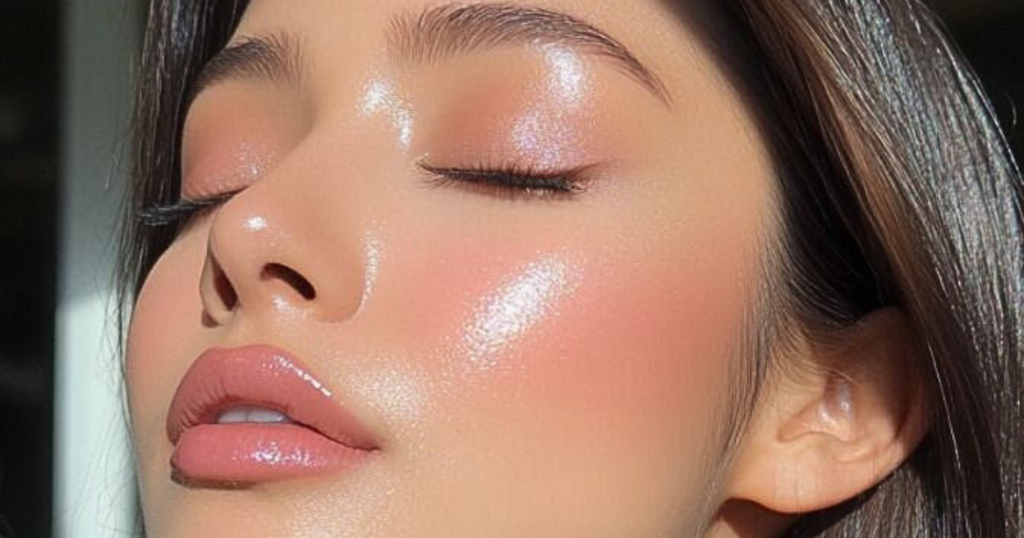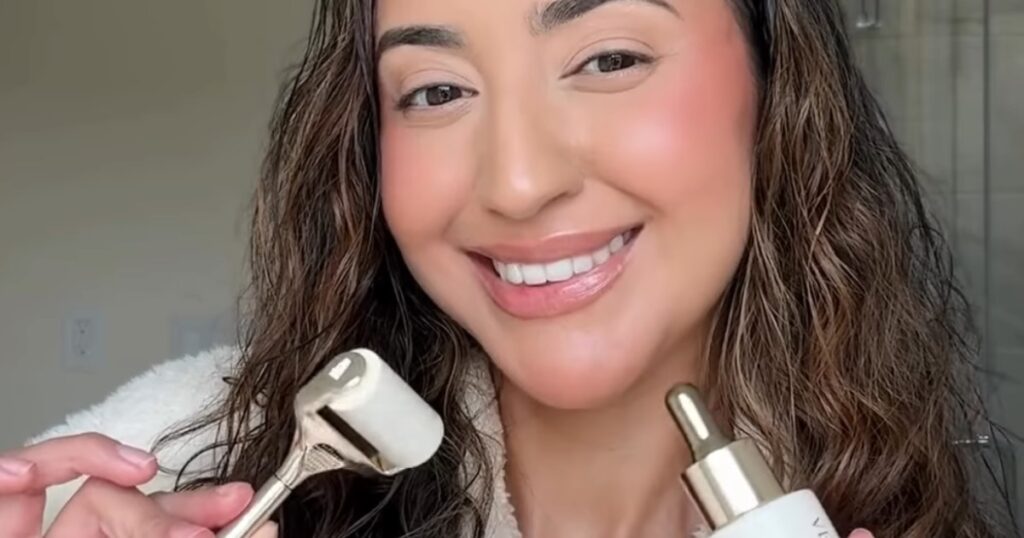In the world of hair care, the humble hairbrush plays a pivotal role. Yet, many forget that it can become a veritable breeding ground for bacteria, undermining the very routines meant to enhance our locks. In this guide, we explore the often-overlooked art of hairbrush maintenance, revealing the common missteps and providing an efficient cleaning strategy.
Why Hairbrush Hygiene Matters
Cleaning your hairbrush isn’t merely a matter of aesthetics. Over time, a brush accumulates dead hair, sebum, dust, and product buildup. Instead of providing a fresh start for your hair, a dirty brush redistributes grime, leading to rapid oiliness, dandruff, and an irritated scalp.
Research by microbiologist Philip Tierno from New York University indicates that a daily hairbrush can harbor more bacteria than a toilet seat. Shocking, right?
A neglected hairbrush can adversely affect:
- Scalp health
- The effectiveness of hair treatments (like serums and oils)
- The cleanliness of your freshly washed hair
- The brush’s lifespan
With certain materials requiring delicate handling, it’s no wonder that many skip proper cleaning, a colossal error.
Cleaning Techniques Based on Brush Type
When it comes to cleaning your hairbrush, one size does not fit all. Whether it features plastic bristles or natural materials, the approach differs. Your aim should be to purify without damaging the brush.
Here’s how to clean different styles:
- Plastic Brushes: For a classic or detangling brush, soak it for about 15 minutes in a blend of warm water, mild shampoo, and baking soda. Gently scrub between the bristles with a toothbrush, rinse thoroughly, and let it dry upside down.
- Natural Bristle Brushes: Use the same cleaning solution but avoid soaking. Instead, lightly moisten a cloth with the solution and carefully brush the bristles. Ensure it dries completely to maintain shape.
- Wooden Brushes: Steer clear of soaked cleaning; they can warp or split. A dry cleaning method or a lightly damp cloth will do the trick.
And always remember: take a moment to remove hair strands caught between the bristles after each use. It’s a small yet crucial step that prolongs your brush’s life.
How Often Should You Clean Your Brush?
Here’s the million-dollar question, and the answer is straightforward: it depends on how often you use it.
- Daily: A quick removal of loose hairs.
- Every 1-2 weeks: More intensive cleaning if you frequently use products.
- Once a month: For less frequent users or those with short hair.
Keep an eye on your brushes, especially if you use hair sprays or oils. If your brush appears dull or sticky or emits an unpleasant odor, it’s time for a clean-up.
This often-missed ritual can significantly enhance your hair care regimen. Not only does it protect your hair and extend the longevity of your tools, but it also prevents reintroducing contaminants to your clean scalp post-wash. Trust us; a mere five minutes spent here is time well worth it!
Photo credit: @labonnebrosse




